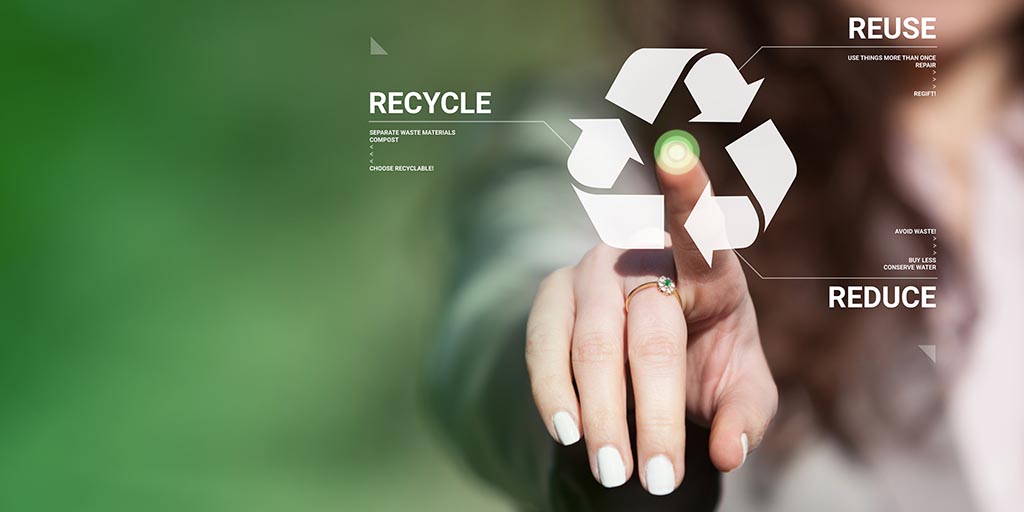Circular economy
 CREDIT: FOTOCUISINETTE ON THINKSTOCK
CREDIT: FOTOCUISINETTE ON THINKSTOCKThe idea of circular economy is one that tries to repurpose and reuse goods, rather than solely throw them out.
During a small discussion in a class I found out that I wasn’t the only one interested in new economic models that could make a difference in the world. Many try to approach world-saving models like sustainability, social responsibility, women’s rights movements, environmental revolutions and many more. But this time I want to share about one subject I believe is more reasonable than many others. The concept is circular economy and for those of you who don’t know about it, maybe this article will spark your interest.
Circular economy is an industrial economic model that is aimed to make products friendlier to the environment from its conception in the design stages of development.
The idea comes from the realization of what the normal or mainstream idea of designing products have been doing for several decades and even centuries.
In the past, mankind has developed products to be disposed without considering the impact this disposal is having on Mother Nature. Mother Nature can only do so much with what we dump on her lap and until recent years we are seeing, feeling and suffering the consequences of such careless designs of products.
And it doesn’t stop there. During the process of manufacturing, creating and transforming the materials into those incredible products, we also generate disposable materials that are also dumped on Mother Nature.
This whole idea seems to be a linear approach, one that starts with a design of a product to be disposed of at the end of its product life cycle. The main objective is to make products last a long time, or to make it last a short time, and then get disposed, whichever the case. Circular economy tries to change that.
In recent years, recycling, reutilizing and transforming the disposed material has not only become a concern, but a strategic interest for businesses since it means cost savings and profit opportunities. What circular economy does is further expand in scope and in depth into the economic model in which an industry works, especially those in which such wasteful designs of products and processes are conceived and done.
From the beginning, circular economy focuses on designing products that can be reutilized when their use has ended or to be recycled easily into its valuable raw materials. This kind of thinking is a challenge and one has to recognize that going against the mainstream is not easy. Current business models are too accustomed to making products that no one thinks about them after they are sold.
The idea is simple, try making a cellphone that can be built like building blocks or modules, and when an upgrade for each module comes out, you can change the module and return the old one to the factory, where the factory could reuse the materials for other new modules or products. Such processes are already happening in other industries, such as the automotive industry. One buys a new car and then upgrades its parts and the old parts can be repurposed for recycling and utilization or other creative ideas. Think about how we could do the same to our electronics.
Just think about circular economy, give it a Google and also a YouTube search and you’ll probably surprise yourself with what you can find.
Editorial opinions or comments expressed in this online edition of Interrobang newspaper reflect the views of the writer and are not those of the Interrobang or the Fanshawe Student Union. The Interrobang is published weekly by the Fanshawe Student Union at 1001 Fanshawe College Blvd., P.O. Box 7005, London, Ontario, N5Y 5R6 and distributed through the Fanshawe College community. Letters to the editor are welcome. All letters are subject to editing and should be emailed. All letters must be accompanied by contact information. Letters can also be submitted online by clicking here.














